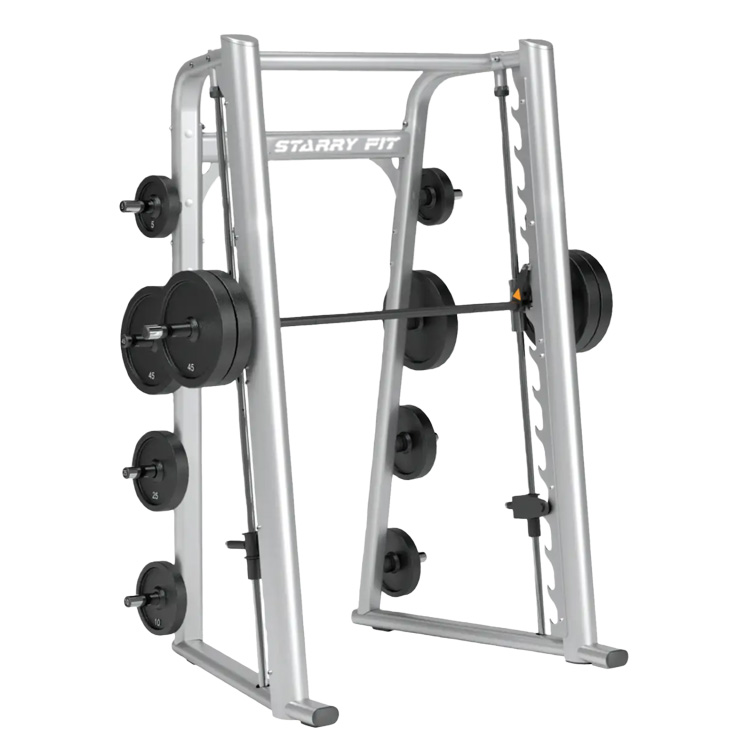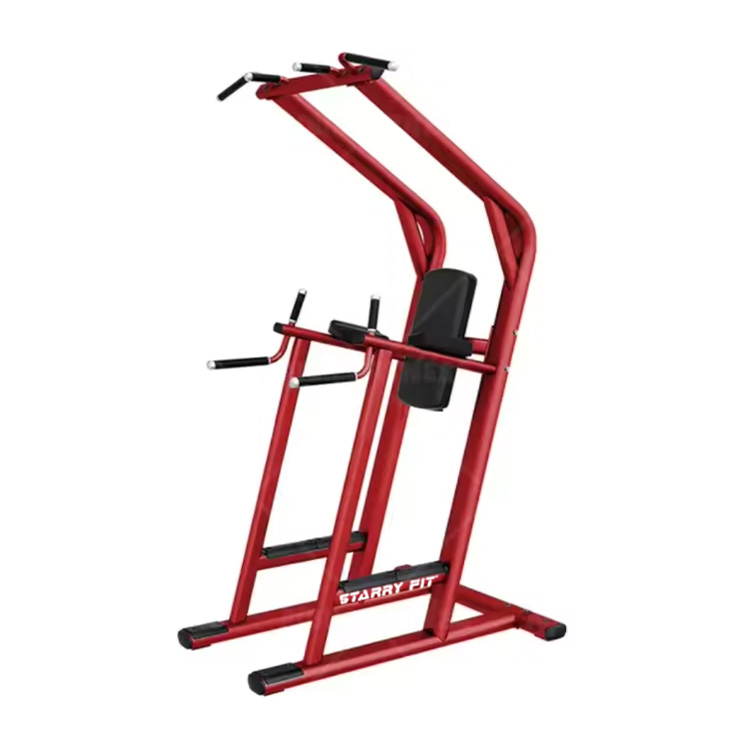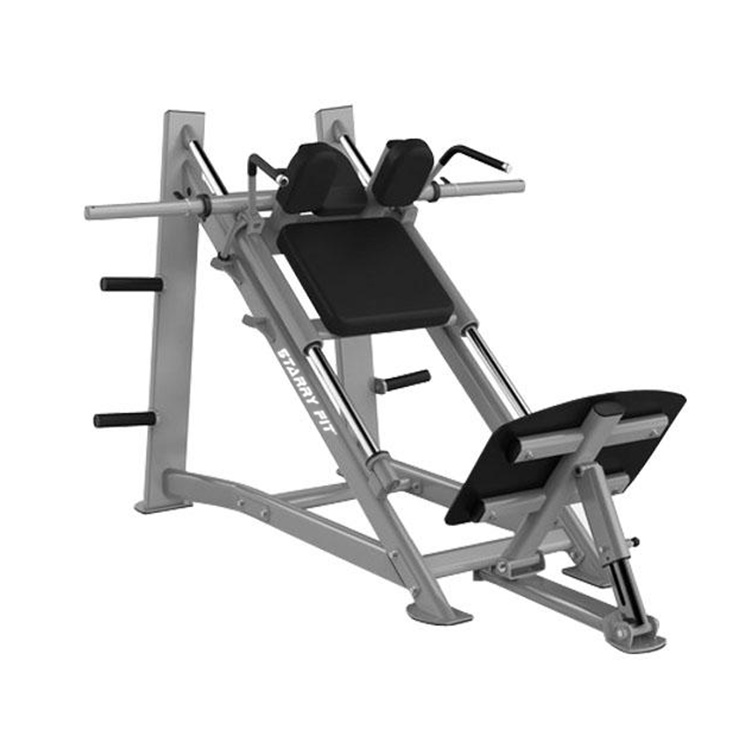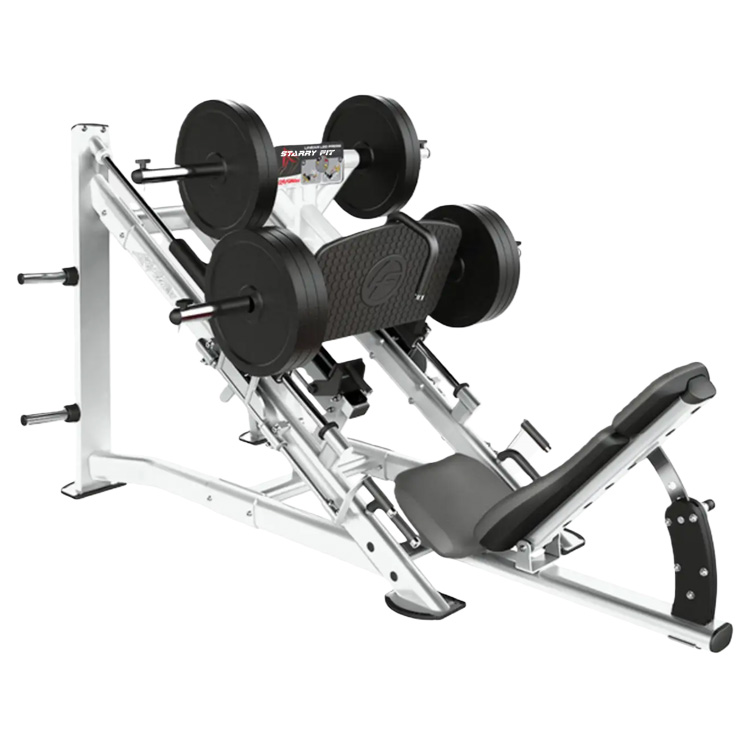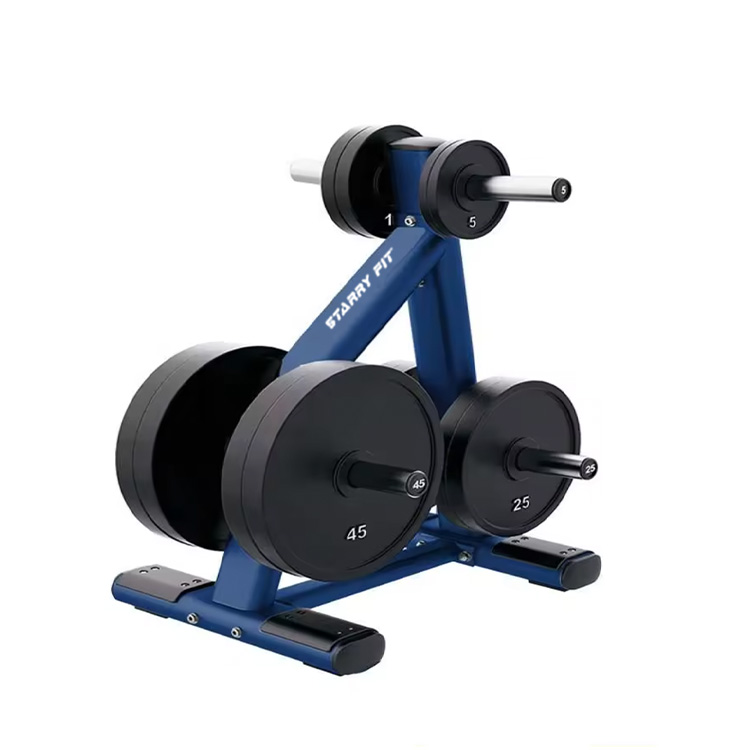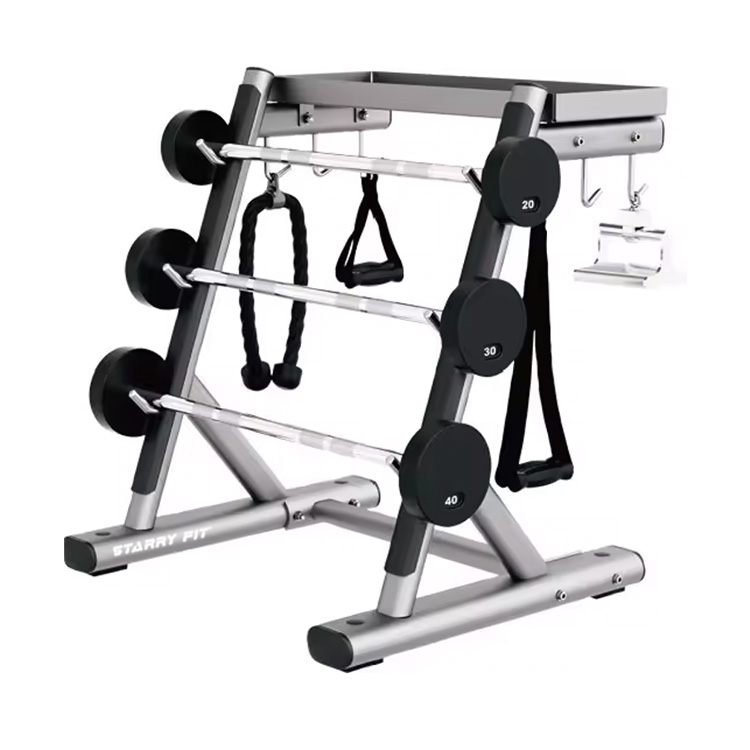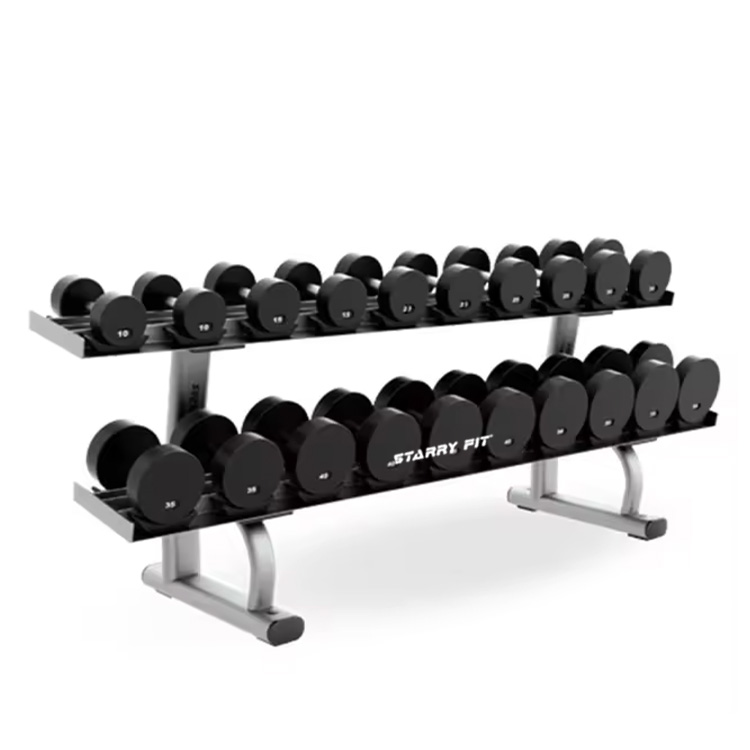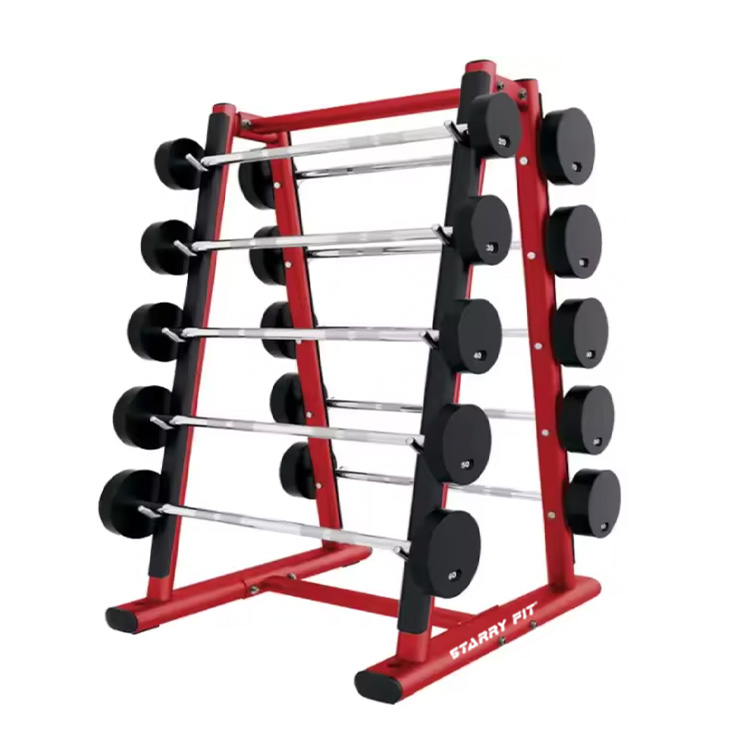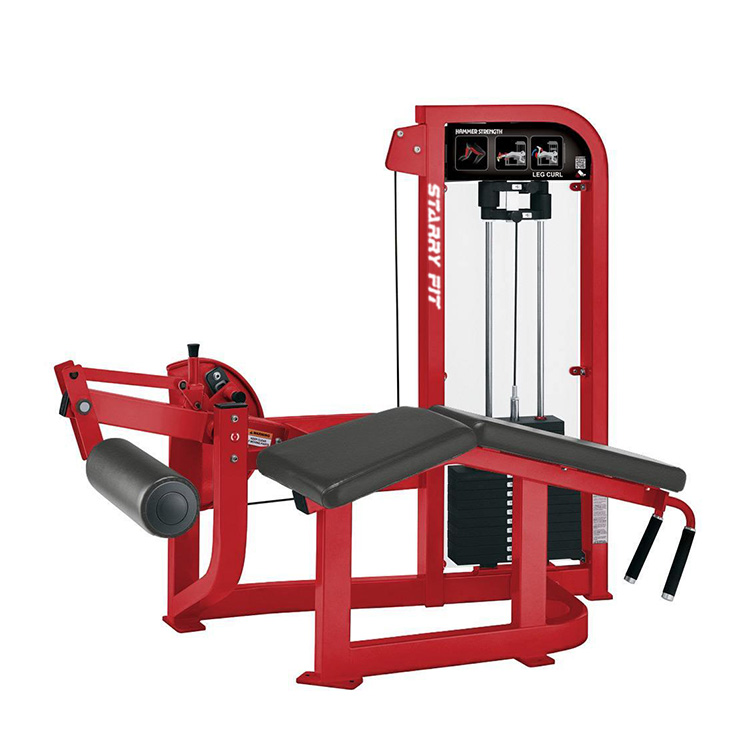1. Resistance band vs dumbbell barbell, which one is the best value for money?
Comparison of muscle-building effects: resistance band vs free weight
Advantages of resistance bands
Progressive resistance: The longer the resistance band is stretched, the greater the load, which is suitable for stimulating muscles at multiple angles.
Joint-friendly: Reduce the impact of the equipment on the joints and reduce the risk of injury.
Activate deep muscles: Elastic resistance forces the body to pay more attention to control and improve stability.
Limitations of resistance bands
Low upper limit of load: It is difficult to achieve the mechanical tension of heavy weight training (such as squatting 200kg).
Muscle-building ceiling: For bodybuilding enthusiasts who pursue extreme muscle hypertrophy, resistance bands cannot completely replace heavy weight training.
Conclusion:
Beginners/female body shaping: Resistance bands are completely sufficient (can train tight lines).
Advanced muscle gainers: Still need to combine free weights (dumbbells/barbells) to break through the bottleneck.
Training efficiency: 10 minutes of resistance bands vs. 1 hour of weightlifting
Efficient training plan for resistance bands
Compound movements (such as squat + press combination)
Superset training (no rest switching movements)
Eccentric control (slowly release resistance to enhance muscle fiber tearing effect)
Actual measurement comparison:
|
Training method |
Calorie consumption (10 minutes) |
Muscle activation (EMG data) |
|
Resistance band circuit training |
80-100kcal |
Chest muscle 85%, gluteal muscle 90% |
|
Traditional barbell training |
40-60kcal |
Chest muscle 95%, gluteal muscle 80% |
Conclusion:
Fat loss/body shaping: resistance bands are short-term and efficient, suitable for people who don’t have time to go to the gym.
Absolute strength improvement: still requires traditional weight training with progressive overload.
People who are recommended to use resistance bands
Home fitness: no equipment required, training anytime, anywhere.
Rehabilitation training: a safe choice for those who have undergone joint surgery or have lumbar discomfort.
Women's body shaping: significant effects in training buttocks, slimming arms, and improving body shape.
2. The role of yoga resistance bands: from shaping to rehabilitation
Enhance the depth and stability of yoga poses
Function: Through elastic resistance, help the body enter the pose more accurately and strengthen muscle control.
Typical application:
Downward dog pose: Put the resistance band on the sole of the foot, pull the band with both hands to deepen the stretch of the shoulders and back.
Warrior III pose: Pull the resistance band with both hands to maintain balance and avoid shaking.
Suitable for: Yoga beginners, those with weak balance ability.
Activate deep muscles and improve core strength
Function: Traditional yoga focuses on static stretching, while resistance bands can dynamically activate core muscles.
Classic movements:
Plank support + resistance band rowing (strengthen transverse abdominal muscles, shoulders and back)
Boat pose + resistance band leg extension (challenge abdominal endurance)
Effect comparison:
Ordinary boat pose: abdominal muscle activation is about 60%
Resistance band boat pose: abdominal muscle activation is increased to 85%
Shaping and fat burning, replacing some machine training
Function: By adjusting the length and thickness of the resistance band, strength training of different intensities can be achieved.
Key areas for shaping:
|
Body Parts |
Recommended Exercises |
Alternative Gym Equipment |
|
Buttocks |
Resistance Band Squats, Clam Cracks |
Barbell Squats, Hip Abductors |
|
Arms |
Resistance Band Curls, Overhead Extensions |
Dumbbell Curls, Cable Presses |
|
Back |
Seated Rows, Lat Pulldowns |
Rowing Machine, Chin-ups |
Rehabilitation training: protect joints and improve posture
Function: low impact characteristics are suitable for people who are recovering from surgery or have chronic pain.
Common application scenarios:
Frozen shoulder: use a light resistance band to wrap the shoulder joint to relieve stiffness.
Pelvic tilt: tie the knee with a resistance band to make a hip bridge to strengthen the gluteal muscles and correct posture.
After knee surgery: seated leg flexion and extension (low resistance) to restore quadriceps strength.
Improve flexibility and deepen stretching safely
Function: With the help of elastic assistance, avoid excessive stretching and causing strain.
Compared with traditional stretching:
Freehand flexion: hamstrings may be strained due to inertia.
Resistance band flexion: slowly deepen the amplitude through controllable resistance.
Portable fitness, training anytime, anywhere
Function: weighs less than 200g and can be stuffed into a bag, suitable for:
Business trip/travel: full body training can be completed in the hotel room.
Office sedentary people: do 10 minutes of shoulder and neck relaxation during lunch break.
Golden tool for pregnancy preparation/postpartum recovery
Function: Low-intensity training helps restore the pelvic floor muscles and rectus abdominis.
Recommended actions:
Kegel exercise + resistance band (enhance pelvic floor muscle tension)
Leg lifts (improve postpartum false hip width)
Children's physical fitness training
Function: Improve children's coordination and strength through gamification movements.
Fun training:
Tug of war with resistance band (exercise upper limbs)
Jumping over the band (train explosive power)
3. One resistance band = private lesson effect? Hidden uses of yoga resistance bands
Dynamic fascial release - replace foam roller, relax muscles accurately
Hidden usage:
Trapezius muscle release: wrap the resistance band around the back, grab both ends with both hands, do neck sideways + dynamic stretching, more accurate than foam roller.
Iliotibial band relaxation: lie on your side, wrap the sole of your foot, pull the band horizontally and roll the outside of your thigh.
Effect: relieve muscle stiffness in 3 minutes, 50% more efficient than static roller.
Neuromuscular activation - wake up dormant muscles in 5 minutes
Hidden usage:
Gluteus medius activation: use resistance band to wrap around the knee when opening and closing in clam style, and make micro pulses against elastic force (amplitude is only 2cm).
Wake up the rotator cuff muscles: hold the band with both hands to do "sword-drawing" rotation to strengthen the stabilizing muscles.
Principle: activate deep muscles through micro-movement with resistance and improve the force mode.
Spinal decompression - improve lumbar protrusion and cervical spondylosis
Hidden usage:
Lumbar traction: lie on your back and fix the band on the sole of your foot, slowly flex your hips and stretch your lower back (need a partner to assist).
Correction of cervical kyphosis: Put the belt on the back of the head, pull forward with both hands, and do chin-tuck confrontation training.
Note: Patients with intervertebral disc herniation should be guided by a doctor.


 ENG
ENG
 English
English Français
Français Español
Español عربى
عربى